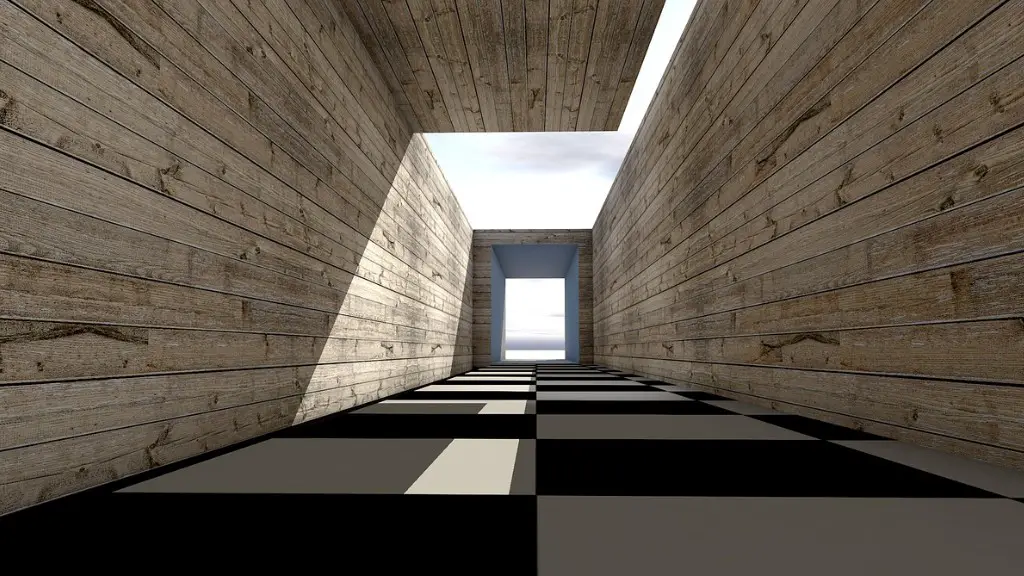Computer architecture and design encompasses the fields of computer engineering and electrical engineering. It focuses on developing efficient hardware and software systems with the goal of providing increased computer performance, reliability, and cost efficiency. This can be done through the design of computers from individual components like processors, memory, and storage to entire systems like networks and communication systems. The goal is to provide the best performance for a given application or use case.
To understand computer architecture, you must have a basic understanding of computer components. This includes memory, storage, processors, input/output devices, buses, and expandable devices. Memory is used to temporarily store data while the processor fetches the data from memory to execute its instructions. Storage, on the other hand, is used to permanently store data, either on magnetic tape, disks, or in flash memory. The processor is responsible for executing program instructions. Input/Output devices are devices like keyboards, monitors, and disk drives that serve as communication channels for the computer with its environment.
Computer architecture also specifies the data types and representations used in the computer. This includes the way data is represented in memory, the bit size of data types, the size and type of instruction sets, and the number of memory address bits. The instruction set and the number of bits used to represent data directly impact the performance of the overall system. The expandable devices like bus adapters, memory boards, and input/output ports give the computer flexibility by allowing users to expand it further.
Computer architecture and design also deals with the scheduling of the use of internet resources, such as local area networks and communication systems like the internet. Resource scheduling is the process of assigning hardware and software resources in the system for efficient performance. This is done to minimize the cost of network usage and to ensure the proper utilization of hardware and software resources.
Computer architecture and design also involves the design of computer algorithms which are used to perform certain tasks. Algorithms are sets of instructions that tell the computer how to perform tasks like sorting, searching, and data compression. Algorithm design requires the understanding of data structures and algorithms and how to implement them efficiently. Data structures are the ways data is stored in memory, and algorithms are the instructions used to manipulate and move the data.
Computer architecture and design also covers concepts related to fault tolerance and reliability. Fault tolerance is the ability of a system to continue to operate in the presence of hardware and software problems. Reliability is the measure of reliability of a system, which considers the rate at which errors occur and the time it takes to recover from errors. Reliability is important in designing computers since any errors can have disastrous consequences.
Finally, computer architecture and design also involves the design of computer operating systems. Operating systems are responsible for providing the basic interface between the user and the hardware. They provide an abstraction layer that allows applications to communicate with the computer’s hardware more easily, and they provide basic services such as memory management and scheduling.
Hardware Engineering
Hardware engineering is an essential aspect of computer architecture and design. It involves the designing of digital circuitry and hardware devices to optimize the speed and performance of a computer. This includes the designing of chips and circuit boards, the choice of components, and their layout in the system.
Hardware engineering also involves the designing of system architectures, and choosing the configurations of the various components. This includes choosing the types of buses and expansion slots and the amount of memory that the system will require. The engineer must also consider the cost and power requirements of the system to ensure that it is energy efficient and cost effective.
The engineer must also choose the right components to use in a system, taking into consideration speed requirements and the computational power needed for a given application. He or she must also ensure compatibility between components, such as a chip and a memory module, and be aware of any limitations in the system design that would limit its performance. The design process usually involves the simulation and testing of components to optimize the system.
Software Engineering
Software engineering is another important aspect of computer architecture and design. It involves the designing of computer software to perform certain tasks efficiently and effectively. This includes the writing of code for the software, configuring the program to accommodate different settings, and ensuring the security of the program. The software engineer must also be aware of potential bugs and errors and fix them as soon as possible.
Software engineering also involves the optimizing of the program for efficiency and performance. This includes the choice of algorithms and data structures, the organization of code, the optimization of input and output, and variations in programming languages. The software engineer must also ensure that the program follows industry standards and conventions, and also follows coding guidelines.
Software engineering also involves the reuse of code to reduce software development costs. This includes modularizing code and refactoring code to make it easier to use and understand. It also involves designing code to be testable and used in different environments, and involves the use of frameworks and libraries.
Software engineering also involves the use of design patterns and best practices. Design patterns are reusable designs that are used to solve certain problems. Best practices are sets of rules and guidelines for software development that were developed by the industry. This includes programming conventions, coding standards, and secure coding practices.
Computer Architecture and Design Education
Computer architecture and design education provides engineers with the knowledge and skills needed to design and build efficient computer systems. It focuses on the design and analysis of digital systems, computer hardware and software, computer algorithms, and computer networks. It also covers topics like computer graphics, embedded systems, and cryptography.
Computer architecture and design education also covers the basics of computer engineering and hardware design, such as computer architecture, logic design, and circuit design. It also covers computer programming, operating systems, and architecture design patterns. Students learn about different processor architectures and memory architectures and the design of computer networks and communication systems.
Computer architecture and design education also covers topics like software engineering, data structures and algorithms, databases, and computer vision. It also covers topics like computer security, parallel computing, and distributed systems. Students learn how to use software tools for performance evaluation and optimization.
Computer architecture and design education also covers topics like computer forensics and system administration. It also covers topics like simulation and modeling, digital systems engineering, computer ethics, and machine learning.
Computer Architecture and Design Careers
Computer architecture and design careers involve the designing, building, and maintenance of computer systems. They may involve designing new computer architectures or enhancing existing ones, creating new computer algorithms, or developing new programming languages. They involve a combination of technical and creative skills, and the ability to work independently and in teams.
Computer architecture and design careers involve the planning and implementation of the hardware and software of computer systems. They involve the analysis of computer components and determining the best components for a given system. They may involve the design, development, and implementation of computer networks, communication systems, or distributed systems, or the optimization and performance analysis of software programs.
Computer architecture and design careers may involve the research and development of new hardware architectures and software architectures. They may involve the design of artificial intelligence systems or the development of robotics. They may involve programming and system administration. Some computer architecture and design careers involve teaching and research in the field. They may involve the development of educational materials and computer-based learning scenarios.
Computer Architecture and Design Research
Computer architecture and design research studies the current and emerging trends in the field of computer engineering and electrical engineering. It focuses on developing technologies to improve computer performance, reliability, and cost efficiency. Research topics can include topics like processor architectures, memory architectures, computer networks, and communication systems. It can also involve topics like embedded systems, computer algorithms, distributed systems, and software engineering.
Computer architecture and design research may also involve the development and evaluation of computer hardware components, such as processors, memory, and storage. It can also involve the development and evaluation of computer algorithms and architectures. It may also involve the optimization of computer software programs and the design of robust system architectures. It may also involve the development of electrical designs for computer components and circuit boards.
Computer architecture and design research may also involve the study of computer security issues and the development of security protocols. It may also involve the development of data standards for representation and communication. It may also involve the application of artificial intelligence techniques to computer systems.
Computer architecture and design research may also involve the development of mathematical models and algorithms for computer architectures and their components. It may involve the application of mathematics to the analysis and design of computer systems. It may also involve the design and implementation of computer systems in the real world, such as in the automotive industry, aerospace industry, or healthcare industry.





